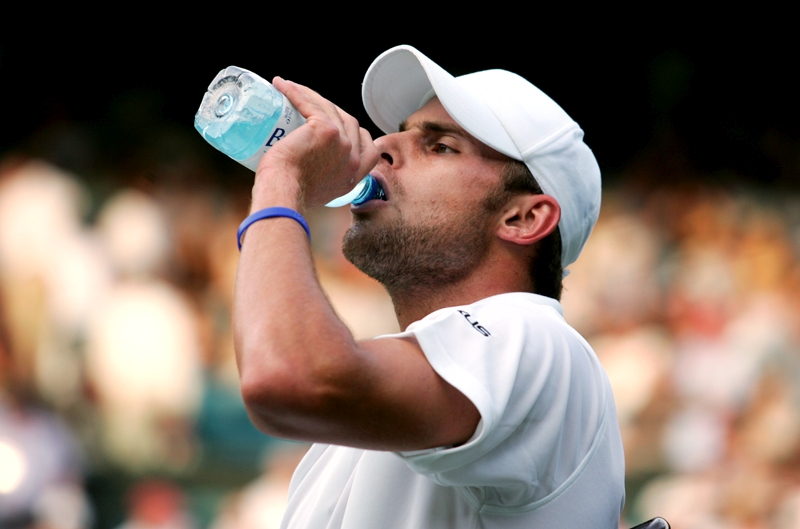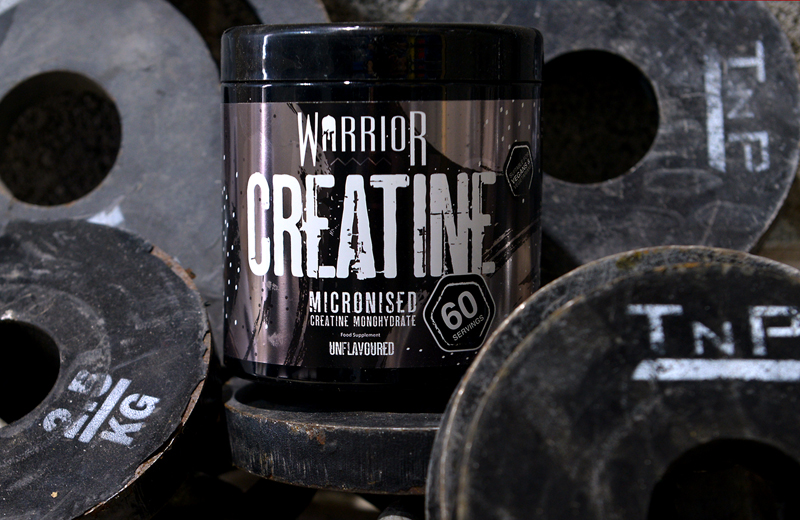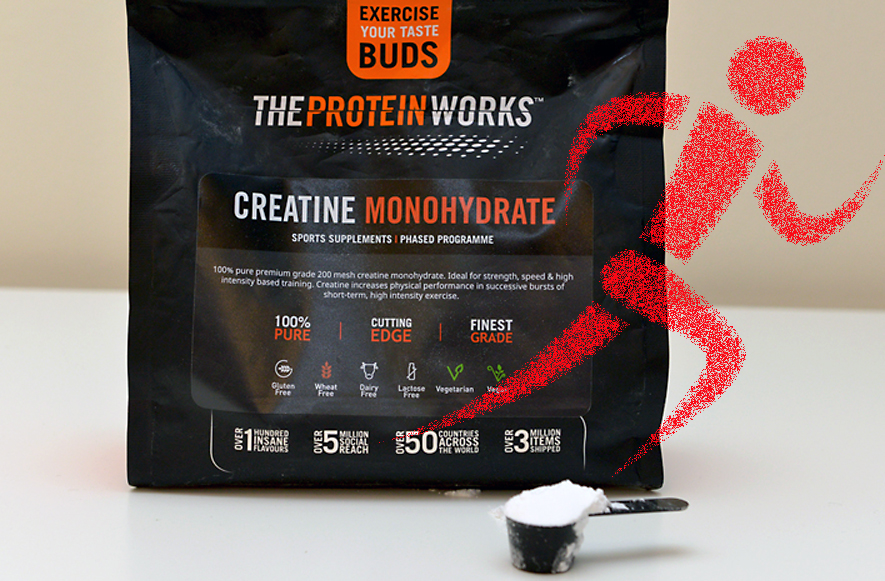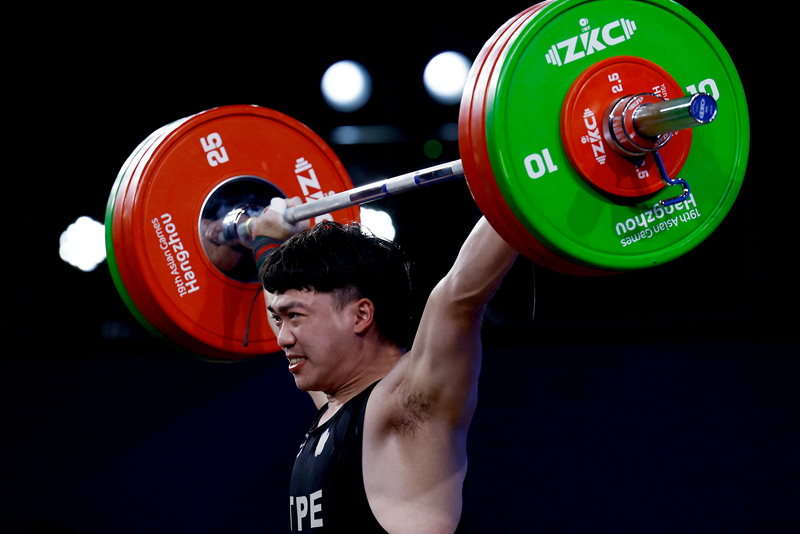You are viewing 1 of your 1 free articles. For unlimited access take a risk-free trial
Phosphatidylserine – performance help or hype?
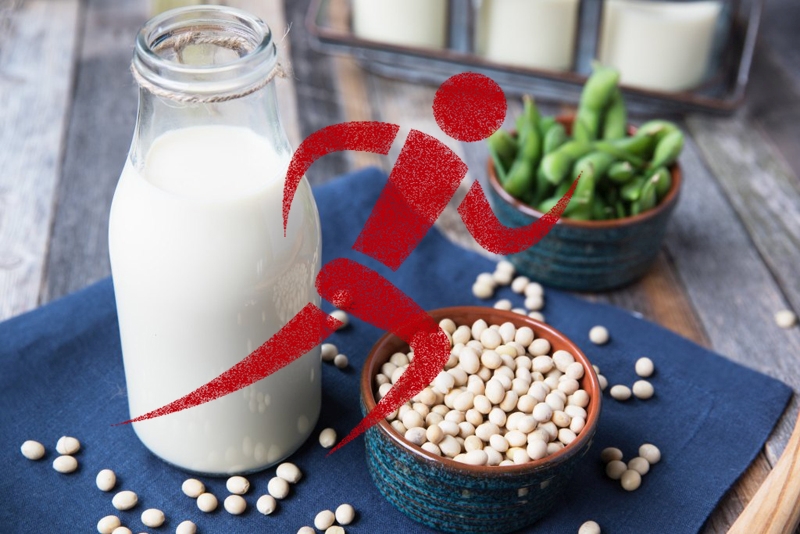
SPB looks at some research on the potential performance benefits of a little known naturally occurring compound called phosphatidylserine. Should athletes give it a second look?
Before looking at the research on phosphatidylserine (hereon abbreviated PS), let’s first describe what it actually is. PS is a type of large ‘phospholipid’ molecule (a fat molecule joined to a phosphate – see figure 1) that also contains an amino acid residue – in this case, serine. Nature harnesses the unique physical and chemical properties of phospholipid molecules to form cell membranes, which as well as forming a boundary around the contents of the cell, are also needed to allow the movement of substances in and out of cells, such as nutrients and metabolic by-products.Figure 1 – molecular structure of phosphatidylserine

PS occurs naturally in a large number of foods and is also required for the functioning of cells in all mammals, where it helps cell membranes function by enhancing communication between cells, the release of hormones and by helping to regulate inflammatory processes(1). Once upon a time, PS was obtained from cow brains, but since the outbreak of ‘mad cow disease’ in Europe, this practice was banned and PS is now obtained almost exclusively from soy.
PS and cognitive decline
PS is found in very high concentrations in the brain and nervous system and much of the early research was not centered on sports performance enhancement, but whether giving extra PS in supplemental form could improve cognitive function or at least slow decline. Some rodent studies had already shown that PS could enhance cognitive function(2) and learning/memory(3-6), as well as reduce the impact of environmental stressors(7). Subsequent human studies showed that PS did indeed appear to help slow cognitive decline in the elderly, although the results are by no means clear-cut(8-10).Endurance performance and PS
Of more interest to sportsmen and women however is the research on PS and physical performance. The story began in the 1990s when researchers noticed that PS supplementation seemed to enhance higher brain function even in healthy individuals with no signs of cognitive decline. Of particular interest was the effect of PS on the secretion of stress hormones such as cortisol following exercise. Chronically or excessively elevated of these stress hormones are known to be associated with immune suppression and tissue breakdown – something that is most definitely undesirable for athletes undergoing rigorous training.One 1990 study examined the effect of the administration of either 50 or 75mgs of PS on the subsequent release of stress hormones before a bout of cycling in eight healthy but untrained males(11). The results showed that taking PS produced a significant blunting of cortisol release following the cycling (indicating less physiological stress). However, the degree of attenuation did not appear to be dose related (ie the 75mg dose produced no more attenuation than the 50mg dose).
Two years later, another study on stress hormone release following exercise used 800 or 400mgs of PS, or a placebo in nine healthy but otherwise inactive males who undertook a session of vigorous exercise(12); in this case, there did seem to be a dose dependent effect as only the 800mg dose blunted the release of cortisol. Towards the end of that decade, more positive evidence emerged in a study on the effects of long-term PS supplementation on cortisol production following an intense resistance workout(13). Not only did PS blunt cortisol release, but the participants who took it also reported lower levels of post-exercise muscle soreness.
The PS surprise
Following these initial studies, the interest in PS and performance waned and little research was carried out until 2005, when a group of Welsh researchers began investigating PS as a possible antioxidant nutrient capable of reducing post-exercise inflammation (one of the main processes producing soreness in muscles). They performed a study examining the effects of 750mgs per day of PS supplementation on 75-minute intermittent running performance and post-exercise soreness in sixteen footballers(14). They were particularly interested see how PS affected post-exercise cortisol and markers of muscle damage, especially to see if PS reduced soreness and acted as an antioxidant by reducing muscle damage markers. What they found surprised them because there was no sign of cortisol-blunting or antioxidant activity in those that took PS. However, what they did find was that PS significantly increased the ‘run to exhaustion time’ that took place at the end of the 75-minute test!So striking were these results, the same group decided to set up another study the following year specifically to assess the endurance enhancing effects of PS in cyclists(15). In this study, 14 fit cyclists performed two tests. Each test consisted of three 10-min stages of cycling at 45, 55, and 65% of VO2max (easy to moderate intensity), followed by a final bout at 85% VO2max (hard) until complete exhaustion. One test was performed at the beginning to set a baseline after which the cyclists received either PS or an inert placebo for 10 days. At the end of this supplementation period, the test was repeated.
What they found surprised them once more; the cyclists who had taken PS for 10 days increased their exercise time to exhaustion by two minutes (from an average of 7mins:51 to 9min:51secs) – a massive 29%! However, those who had taken placebo showed no improvement at all. What also surprised the researchers was that other measurements taken during the tests (the rate of change of oxygen uptake, exercise heart rates, perceived rates of exertion and post-workout cortisol levels) did not differ significantly between the two groups. One possible (though untested) explanation for this latter finding is that supplemental PS seems to be able to accumulate as free molecules in the cell (ie not bound to cell membranes), which could help to activate enzymes involved in moving important ions such as sodium, potassium and calcium in and out of muscle cells, thereby helping to prevent the fatigue that may occur because of ionic imbalances within the cell.
US research
Following the above research, the PS trail went quiet again until 2008, when US researchers investigated the effects of short-term supplementation of PS on plasma concentrations of cortisol, lactate, growth hormone and testosterone before, during, and following moderate intensity exercise in healthy males(16). In this study, ten healthy, active male subjects were assigned to ingest either 600mg of PS or an inert placebo per day for ten days in a double-blind study (neither the researchers, nor the participants knew who was taking what during the trial). Importantly, this was also a ‘crossover’ trial, which meant that after tend days plus a washout period, the groups were reversed – ie those who had taken the PS now got placebo and vice-versa. Trials employing a crossover design are desirable because they add rigor to the results.As part of the trials, blood samples were taken at rest, after a 15-minute moderate intensity exercise protocol on a cycle ergometer that consisted of five 3-minute incremental stages beginning at 65% and ending at 85% VO2 max, and during a 65-minute passive recovery. These samples were assessed for cortisol, growth hormone, testosterone, lactate and ‘testosterone to cortisol ratio’ (a high ratio of testosterone to cortisol indicates low metabolic stress, which is favorable for athletes).
The results showed that the average peak cortisol concentrations and the ‘area under the curve’ (ie total amounts of cortisol recorded over the time period) were lower compared to placebo following PS supplementation – by 39% and 35% respectively (see figure 2). PS supplementation also increased the area under the curve for the testosterone to cortisol ratio by 184%) when compared to placebo. The researchers concluded that ‘PS is an effective supplement for combating exercise-induced stress and preventing the physiological deterioration that can accompany too much exercise. PS supplementation promotes a desired hormonal status for athletes by blunting increases in cortisol levels’.
Figure 2: Cortisol and testosterone levels following PS or placebo treatment

Cortisol & testosterone response to exercise after 10 days of oral treatment with 600mg PS or placebo (pre-exercise phase -30 to 0 minutes, exercise phase: 0 to 15 minutes, recovery phase 16 to 80 minutes). Lower cortisol and higher testosterone levels are indicative of an 'anabolic' state - a good thing for athletes.
PS and strength
Following the study above, interest in PS for performance enhancement waned once more, there having been little research on this topic for the past 15 years. However, the trail did not go completely cold; in 2014, a group of US researchers carried out some fascinating research on a very closely related compound called ‘phosphatidic acid’ (PA)(17). PA is can be thought of as a PS molecule with the serine amino acid portion lopped off. PA is closely related to PS in the body since PA can be formed by cleavage of serine (ie chopping it out) from PS by key enzymes(18).What makes PA particularly interesting to study is that it can act as a biochemical messenger in a very important signaling pathway known as ‘mTOR signaling’(19). Why does that matter? Well, mTOR has been widely recognized as a key regulator/stimulator of muscle growth following exercise or muscle damage; several studies have also shown that signaling by mTOR is required for exercise-induced increases in muscle protein and maximal muscle growth(20-22). In short, if PA can increase mTOR signaling, it should (in theory) be able to promote superior muscle mass gain. The researchers in this 2014 study therefore carried out their research in two phases:
- Phase 1 (in the lab) – where special cells called ‘myoblasts’ were stimulated with PA derived from both egg and soy (as well as ordinary PS) to see what effect the PA and PS had on mTOR signaling.
- Phase 2 (in the gym) – where 28 resistance-trained subjects were supplemented with either 750mg of PA daily (split across two doses) or an inert placebo over the course of an 8-week periodized resistance training program (to see if the PA induced extra muscle growth and/or strength gains).
What they found
In phase one of the experiment, soy-phosphatidylserine, egg-PA, and soy-PA all significantly stimulated mTOR signaling. However, the stimulating effects of soy-PA on mTOR signaling (+636%) were significantly greater than egg-PA (+221%), while PS also showed an mTOR-stimulating effect, albeit not as great as the PA. When it came to the muscle growth and strength study in the subjects who had undergone, eight weeks of resistance training, taking the soy PA supplement significantly increased lean body mass (by an average of 2.4 kg), muscle cross sectional area (by around 1.0cm2), and leg press strength (an increase of 51.9kg maximal capacity in the PA group compared to 32.4kg in the placebo group - see figure 3). In summing up, the authors concluded that ‘PA significantly activates mTOR and significantly improved responses in skeletal muscle growth, lean body mass, and maximal strength to resistance exercise’.Figure 3: PA vs. placebo effects of strength and muscle mass

*denotes significantly different from week 1 to week 8; # denotes that the PA improvements were significantly better than the placebo.
Practical advice for athletes
Although PS has continued to be researched in the context of health and medicine, no further studies specifically into its performance benefits have taken place over the past 7 years. Does this mean it should be dismissed? Not completely; although more data would be preferable, the studies that have been carried out show promising results, and no study has shown that PS produces zero effect. The study on the closely related PA meanwhile produced very promising and significant results, although this is just one single study. However, despite the positive results from these studies, the old adage that ‘more research is needed’ for scientists to be really confident that PS/PA produces performance benefits is as true as ever.PS is readily available and inexpensive (a good source is soy lecithin) and has been shown in numerous studies to be very safe indeed. Indeed, the only side effects appear to be improvements in brain function! Therefore, athletes who wanted to experiment would not have much to lose. Given its ability to create a favorable hormonal environment for resisting breakdown and metabolic stress, PS/PA may be of particular interest to athletes who are undergoing a particularly rigorous training schedule, or who have recently upped their training loads. Of course, this assumes that all the basics are already in place – a healthy, nutritious day-to-day diet and - very importantly - excellent recovery nutrition. On that topic, readers are directed to this article!
References
- Nutrition 15:778–783, 1999
- Acta-Biomembr; 793:221–231, 1984
- J Nutr Sci Vitamino; 42: 47-5, 1996
- Eur J Pharmacol; 404: 161-7, 2000
- J Nutr; 131: 2951-6, 2001
- Jpn Pharmacol; 75: 447-50, 1997
- Neurobiol Aging; 12: 437-40, 1991
- Ageing; 5: 123-133, 1993
- Psychopharmacol Bull; 28: 61-6, 1992
- Eur Arch Psychiatry Clin Neurosci;244: 261-71, 1994
- Neuroendocrinology;52(3):243-8, 1990
- Eur J Clin Pharmacol; 42: 385-8, 1992
- Sport 15:135–144, 1998.
- Med Sci Sports Exerc;37(8):1300-6, 2005
- Sci. Sports Exerc., Vol. 38, No. 1, pp. 64–71, 2006
- J Int Soc Sports Nutr. 2008 Jul 28;5:11
- Nutr Metab (Lond). 2014; 11: 29.
- Neurochemical Research 2003. vol 28, p195–214
- PLoS One. 2012; 7(10):e47258
- Biochem J. 2004;380:795–804
- J Biol Chem. 2005;280:7570–7580
- J Physiol. 2009;587:1535–1546
Newsletter Sign Up
Testimonials
Dr. Alexandra Fandetti-Robin, Back & Body Chiropractic
Elspeth Cowell MSCh DpodM SRCh HCPC reg
William Hunter, Nuffield Health
Newsletter Sign Up
Coaches Testimonials
Dr. Alexandra Fandetti-Robin, Back & Body Chiropractic
Elspeth Cowell MSCh DpodM SRCh HCPC reg
William Hunter, Nuffield Health
Keep up with latest sports science research and apply it to maximize performance
Today you have the chance to join a group of athletes, and sports coaches/trainers who all have something special in common...
They use the latest research to improve performance for themselves and their clients - both athletes and sports teams - with help from global specialists in the fields of sports science, sports medicine and sports psychology.
They do this by reading Sports Performance Bulletin, an easy-to-digest but serious-minded journal dedicated to high performance sports. SPB offers a wealth of information and insight into the latest research, in an easily-accessible and understood format, along with a wealth of practical recommendations.
*includes 3 coaching manuals
Get Inspired
All the latest techniques and approaches
Sports Performance Bulletin helps dedicated endurance athletes improve their performance. Sense-checking the latest sports science research, and sourcing evidence and case studies to support findings, Sports Performance Bulletin turns proven insights into easily digestible practical advice. Supporting athletes, coaches and professionals who wish to ensure their guidance and programmes are kept right up to date and based on credible science.

